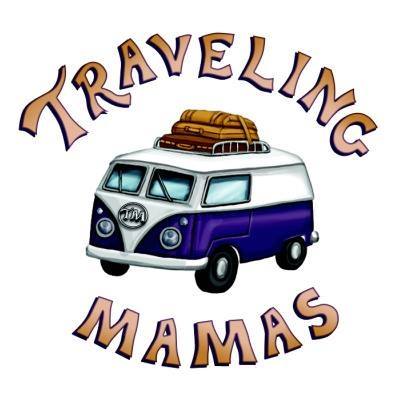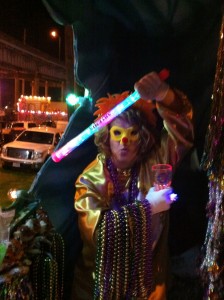Missouri’s Black History Tour
I was recently invited to attend a Black History tour through Missouri that began in Kansas City and ended in St. Louis. You may be saying to yourself, “Why is a white girl going on a Black history tour?” I’ll tell you why. This post is not meant to offend, but to educate readers to the opportunities out there.
There are many types of travel. There are romantic getaways, family trips, babymoons, mancations, and educational/cultural travel. Cultural tourism is very important. It includes Native American history, various wars throughout the world, the Wild West, and very definitely Black history. We, as Americans, search far and wide to identify with a particular culture. We seek our heritage and our roots. We go on quests to find out who we are. Black history is just as important to US History as much as any other ethnic group or historical event. So I went to seek out the stories of the people, who for so many centuries have been ignored.
I’m a Southern Mama, and live in the heart of Louisiana’s Plantation Country. We are very open about slavery, black history, and the descendants of the people who settled this area, no matter what class they were. The Louisiana Plantation tours celebrate the memory of master craftsmen who built many of the homes and labored in the fields, most of whom were slaves. Missouri is new to this practice, and one woman, Angela DaSilva, has made it her life’s mission to find the hidden histories and forgotten people of the United States.
DaSilva was our tour leader and schooled us in the atrocities that occurred within the slave population. We were even placed on the front steps of the Old St. Louis Courthouse, site of the Dred Scott Case, and we reenacted a slave auction. It was very eye opening. Her passion for this subject, which is also her heritage, conveyed the cruelty of families torn apart, the torture, and many times the deaths. This sad history is not to be forgotten, but many of these same slaves were eventually freed and struggled to seek out better lives. Their legacy can be found in the faces and the places we visit and live today.
For anyone wishing to explore their heritage or to learn more about Black History, take a tour with Angela DaSilva and the National Black Tourism Network, where you won’t just read about it, but you will follow the footsteps of these historical people. The tours include so much, that there is no way I can fit it all into a blog post. My experience can be told through this slide show and in future posts I will highlight some of these places.


Have a look at http://www.slide.com; that will show your pictures automatically as a slide show, without any clicking.
I hear what you’re saying about specialist museums: I liked the Jorvik, in York, even though I’m not a Viking (at least, I don’t think so :D) or the Royal Naval Museum, even though I was never in the Navy.
And, there was stuff in Sydney about the old convict days I found especially fascinating.
Thanks, Keith. I tried to use StoryTlr.com, but for some reason it just wouldn’t recognize my Flickr photos.
If anyone goes through this collection of photos on Flickr, there is a detailed description of each pic, for better identification and trip planning.
“…Schooled us…” is right. Angela DaSilva is a state treasure in and of herself.
Good morning, travelers! If attending the historical passage of our 44th president into office is all you can think about and the only trip you plan to take in 2009—here are some additional travel resources to help you plan your
Bellevue Community College hosted its sixth-annual American Indian Film Festival (AIFF) Nov. 5-7, featuring the works of 20 Indigenous directors. The event is equal parts art, empathy, and inspiration as it features movies that range in
When I have traveled to our great national homes such as Jefferson’s Monticello or Washington’s Mount Vernon, I always take my kids on the overview tour and the slave tour so that they get a better perspective on how it tooks dozens of slaves to support the beauty and glory of one family and one home.
This reminds me of something that happened when I worked as a freelancer at a local newspaper in metro Detroit. We got a lot of info in about “Black History Month” that landed in my mailbox as the “Around Town” columnist. My editor said he figured I couldn’t use any of it because “our audience isn’t interested”. Talk about tossing a red flag in front of me 😆
We ended up with a full page of features one week about a black history club forming in one of our area high school, some local community college programming, and a couple of side bars of resources from the local library and fun trivia because I wrote them all after the editor said I could “if you can find a local angle”.
For the rest of my time there, I seemed to end up with every story about ethnic/religious/cultural events/people/places that landed in the paper.
I also ended up with a slew of extra assignments for a recent regional encyclopedia I contributed entries to because I did some entries about one particular ethnic group (not anywhere near my own) and the editor thought I’d be interested in doing the rest of the entries they needed about various ethnic groups in our state.
I’m completely with you on the value of being interested in all facets of our heritage and that of others around us. I’ve found some of the most fascinating stories that way…and written a good number of them for my blog as well.